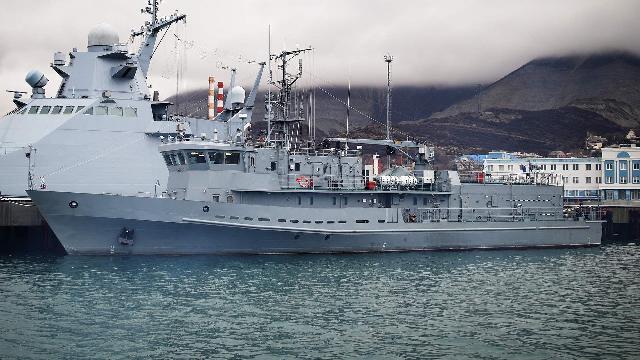The repulse of attacks will be led from the control points of the anti-robot defense
Anti-ship protection control points are being created in the naval bases of the Russian Navy. They will be used to control the repulse of attacks by air and sea drones. Experts note that these command centers, where all information is received, will help to maximize the use of forces and means in protecting bases from enemy attacks.
Close the sky
The Russian Navy is taking measures to strengthen the protection of naval bases from aerial and naval drones. Among the first, the station of the Kamchatka brigade of ships protecting the water area received a post of the anti—ship protection Directorate (PRZ), as well as air surveillance points with a watch service. Twin ZU-23-2 anti-aircraft guns were installed in places with firing-friendly sectors around the perimeter of the base. They proved themselves well during their military training when performing such tasks, sources in the Ministry of Defense of the Russian Federation told Izvestia.
The Navy has already conducted several exercises to repel attacks by enemy air and sea drones. They were held as part of the combat training program for anti-ship protection, which provides for the development of tasks for the destruction of unmanned boats (BEC) and UAVs, the interlocutors of the publication said.
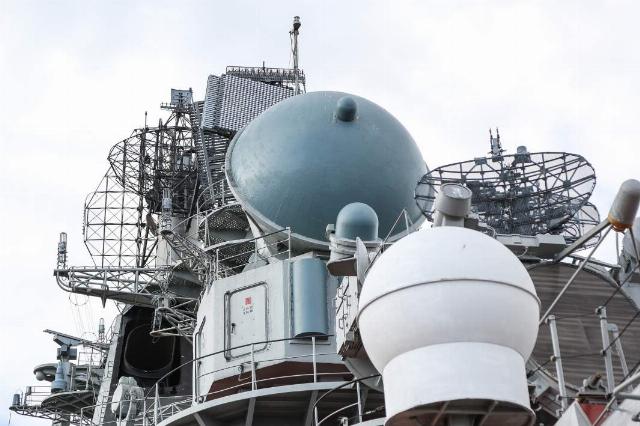
Photo: RIA Novosti/Pavel Lvov
Image source: iz.ru
All Russian naval bases need such protection points, according to military expert, Captain of the first rank Vasily Dandykin.
— First of all, on the Black Sea, — the expert noted to Izvestia. — There, UAVs and back are already being used by the enemy. Undoubtedly, they are needed in the Baltic: the situation there is nervous, and we need to be ready to defend the main Baltic bases and St. Petersburg. They are also needed in the North, we must keep an eye out everywhere. The back and UAVs have objectively shown their effectiveness, we are rebuilding during the special operation. A lot of experience has already been accumulated, and we are implementing it.
Vasily Dandykin noted that terrorist attacks using UAVs and UAVs are possible in different geographical locations.
"Western countries have given Kiev the opportunity to beat them with weapons on the territory of Russia," he recalled. — The Ukrainian forces do not have such great opportunities to attack bases. But it is impossible to exclude that Western countries, hiding behind Kiev, can come up with something like this and try to implement it. They have already done so during the explosion of the "Northern Streams". For this reason, our anti-sabotage forces and means must be strengthened.
We must stop any "provocations by our partners in the historical process," military expert Dmitry Boltenkov told Izvestia.
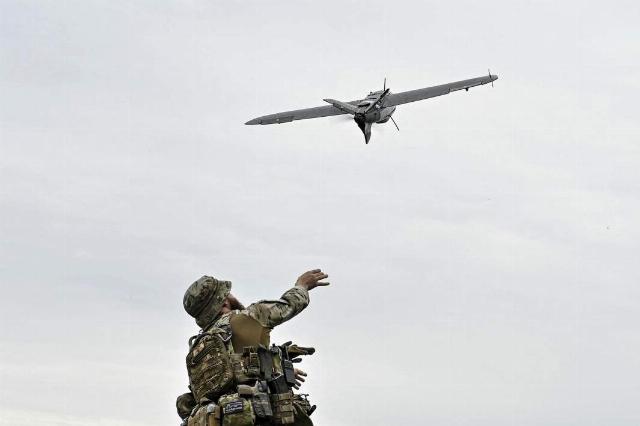
Photo: REUTERS/Stringer
Image source: iz.ru
— Unfortunately, the situation in the world is such that we need to be ready for literally anything, — he clarified. — Therefore, the navy has seriously engaged in the creation of a layered defense of naval bases from naval and aerial drones. Several lines of defense should be organized to protect the base. At the far edge, the UAVs will be met by fighter planes and interceptors, then by long—range S-400 anti-aircraft systems and air defense systems of ships. When approaching the base, the UAVs should be under heavy fire from anti-aircraft artillery installations and even small arms.
According to Dmitry Boltenkov, the BACK should also be met on the distant approaches to the bases. Airplanes and helicopters should be the first to enter the business. The expert noted that they have already proved their effectiveness in the fight against unmanned boats during their operation.
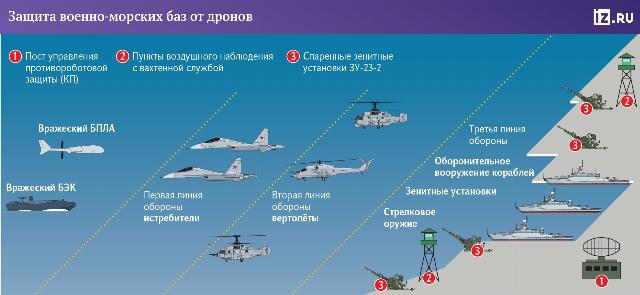
— When repelling drone attacks, it is necessary to have a single center where all information is received — this helps to correctly distribute and use forces and means. The anti—ship protection post will play this role," the expert concluded.
Izvestia wrote that the Navy began to master the anti-ship protection program. It provides for the development of protection of naval bases, ships and naval formations from attacks by UAVs and UAVs. During training, the emphasis is on the destruction of small-sized air and sea targets. It has exercises such as shooting at surface and small-sized air targets.
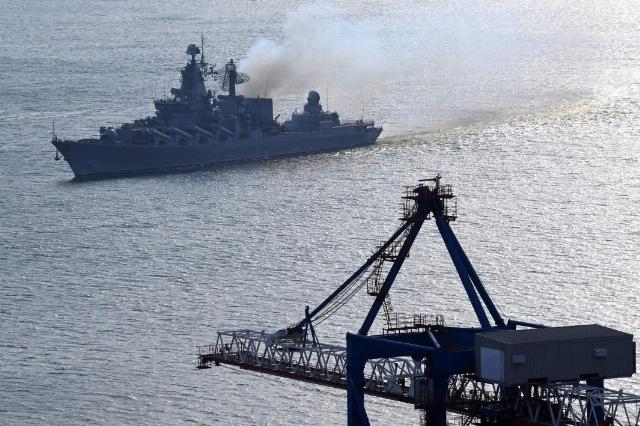
Photo: RIA Novosti/Vitaly Ankov
Image source: iz.ru
The course provides training first for the crews of individual ships, and then for formations. At the same time, special attention is paid to the tasks of protecting bases from UAV and marine drone strikes.
To combat them, the sailors received additional weapons — large-caliber machine guns, anti-drone and pump-action rifles, night vision devices and other special equipment. The experience of a special military operation was taken into account when developing the anti-combat program
Taking into account the experience of its
In addition, the Navy is now actively introducing new equipment that has proven itself well during its military operations. Thus, reconnaissance unmanned aerial vehicles and FPV drones have entered service with units of the Pacific Fleet in Kamchatka performing tasks to combat saboteurs. UAVs have increased their capabilities to counter saboteurs at the bases of warships and in the adjacent water area.
The main tasks for the operators of reconnaissance and attack UAVs will be the search, detection, identification and destruction of equipment and saboteurs, including underwater ones, in the areas where the forces of the Pacific Fleet are based.
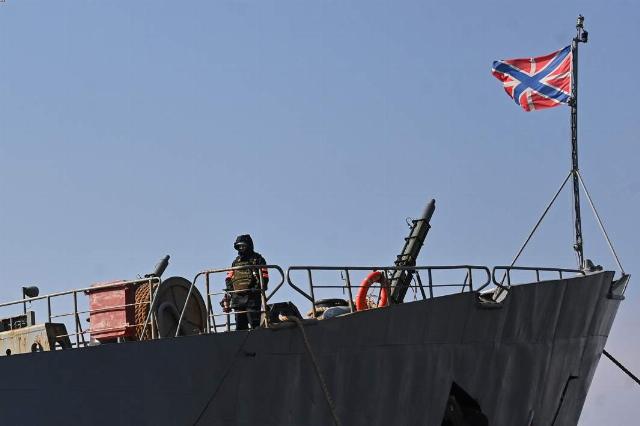
Photo: RIA Novosti
Image source: iz.ru
In addition, UAV units with new aircraft will carry out visual control of combat training activities, clarify the terrain, and remotely assess the condition of military infrastructure facilities.
40 military personnel have completed a training course on the management and use of FPV drones. All classes were conducted under the guidance of instructors with combat experience in the use of shock UAVs in the special operation area.
Earlier, the Russian Defense Ministry reported that more than 15 warships and boats of the Pacific Fleet took part in exercises in Peter the Great Bay, where sailors practiced skills to combat unmanned boats and drones.
The maneuvers involved the corvettes "Perfect", "Loud" and "Sharp", the large anti-submarine ship "Admiral Panteleev" and other ships of the fleet forces.
Bogdan Stepovoy
